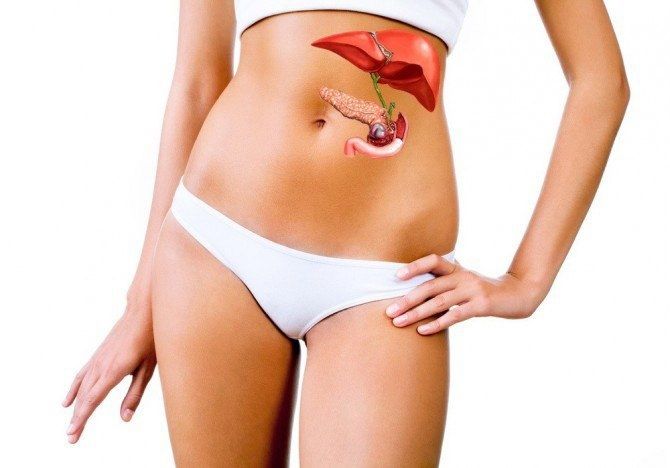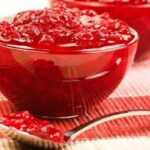Biliary stasis, or cholestasis, is a condition characterized by a decrease in bile flow to the duodenum. It can be caused by gallbladder dysfunction, bile duct pathology, impaired bile components synthesis, cirrhosis, poor diet, parasitic infections, disorders of the nervous and endocrine systems, among other reasons. Early signs include a constant sense of fatigue, weakness, and lethargy, as well as more specific symptoms like jaundice, skin itching (especially on the hands and feet), right upper quadrant pain, occasional nausea and vomiting, bad breath, dark urine, and light stool. This condition can lead to further serious health issues like cirrhosis, liver failure, avitaminosis, and osteoporosis due to vitamin A and D deficiency, and cholecystitis.
Prevention:
- Diet: Regular meal times, avoiding long gaps between meals, and breakfast skipping can significantly reduce the risk. Consuming less fatty, sugary, salty, and spicy foods while avoiding alcohol can also help prevent biliary stasis.
- Physical Activity: Daily walks, running, swimming, dance classes, and other forms of exercise ensure proper bile flow and prevent stagnation.
- Mental Health: Stress, anger, and irritability can trigger spasms in the gallbladder, affecting bile flow. Managing stress and maintaining emotional stability are crucial for preventing biliary stasis.
Treatment:
Treatment typically involves alleviating symptoms such as itching, addressing bile stasis directly, and supporting liver health. Itching is managed with special ointments, corticosteroids, or antihistamines, while medications that reduce the concentration of bile acids and choleretics are used to treat bile stasis. Ursodeoxycholic acid-based drugs are effective in displacing and removing toxic bile acid. For liver health and protection, various hepatoprotectors, including natural remedies like Bondjigar, Allohol, LIV-52, and Carsil, are recommended.
In severe cases, surgical intervention may be necessary to widen the bile ducts. This is usually done endoscopically, allowing for a quicker recovery and avoiding stitches.
Home Remedies and Natural Approaches:
- Hot Herbal Drinks: Consuming a cup of hot herbal tea made from berries like gooseberries, currants, lingonberries, cranberries, viburnum, rosehips, or hawthorn 15-20 minutes before meals can help relax the digestive tract and prepare it for food.
- Silicon and Germanium-rich Foods: Foods with a strong garlic smell, including garlic, ramps, and asafetida, can aid in the proper functioning of valves regulating bile flow.
- Herbal Teas: Bitter choleretic herbs and berries consumed after meals can improve bile flow. These include gentian, knotgrass, wormwood, tansy, immortelle, oregano, milk thistle, chicory, St. John’s wort, dandelion roots and leaves, Oregon grape roots, red rowan, and more.
By incorporating these preventive measures and treatment options, individuals can manage and reduce the risk of biliary stasis, promoting overall digestive and liver health.


